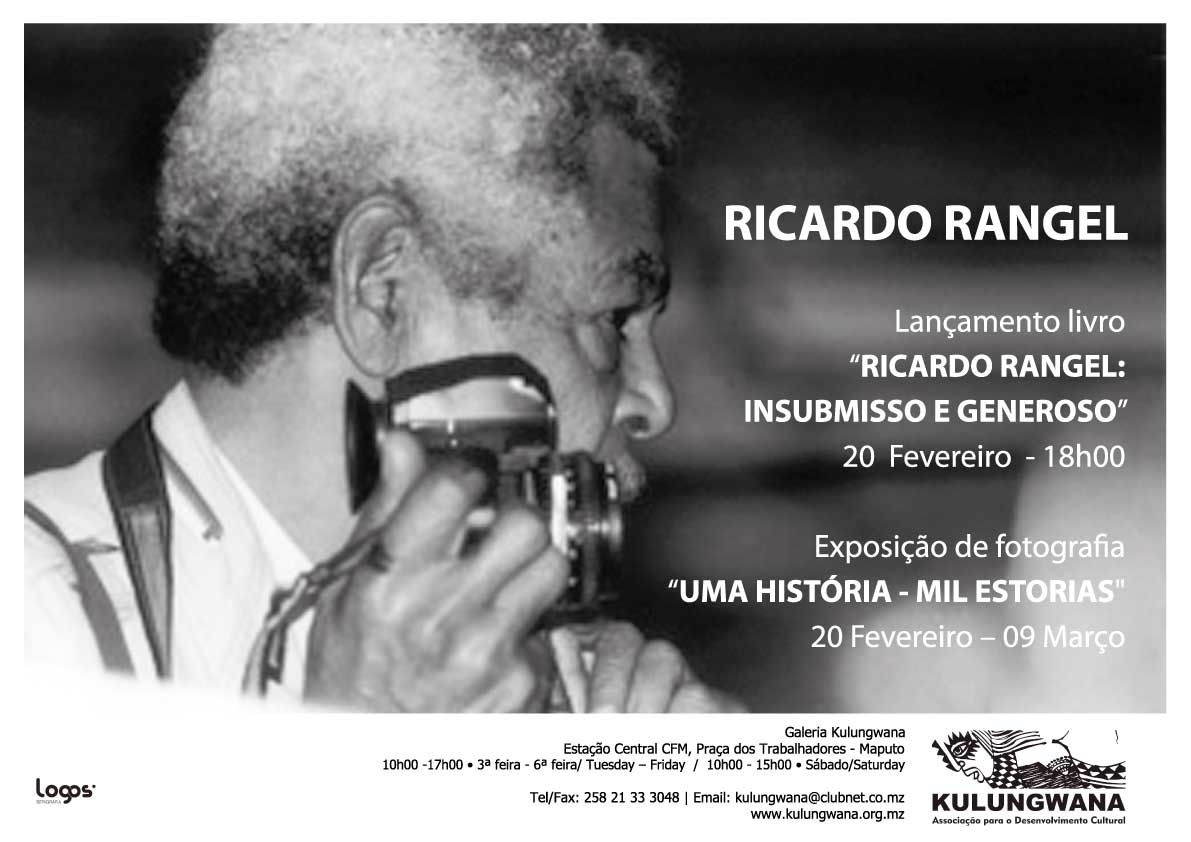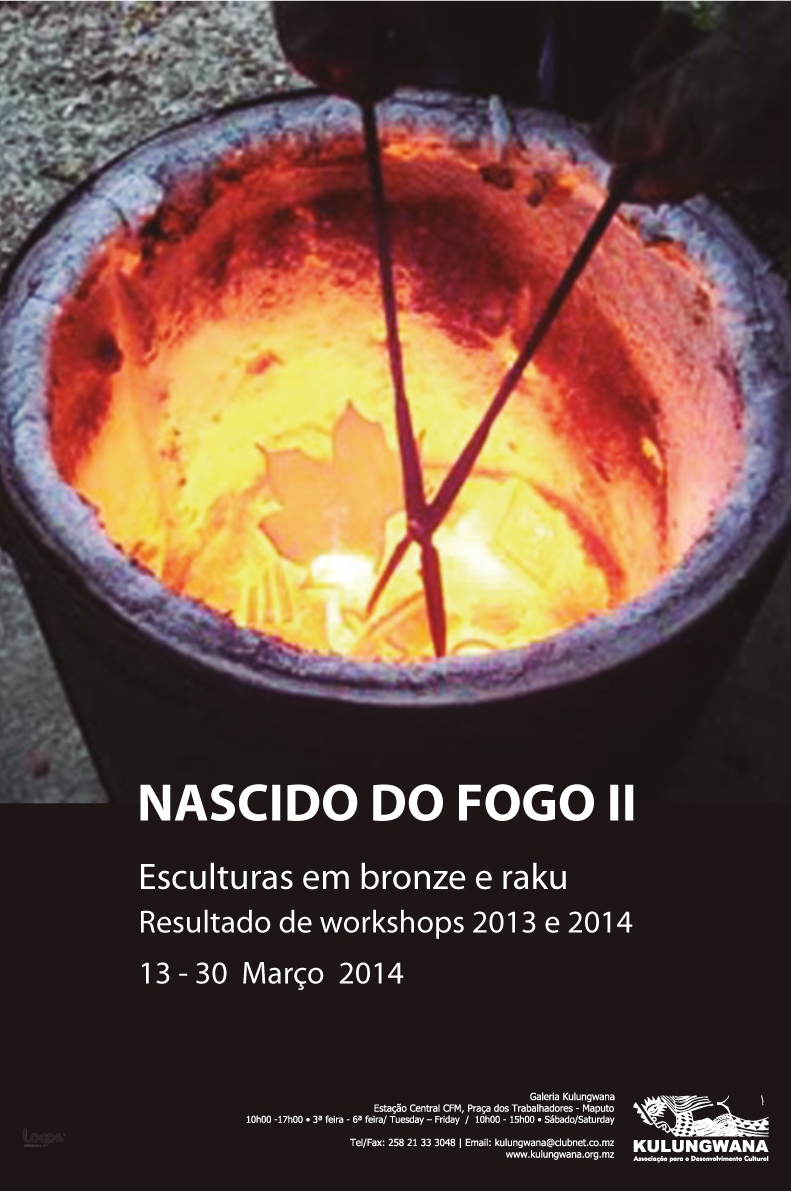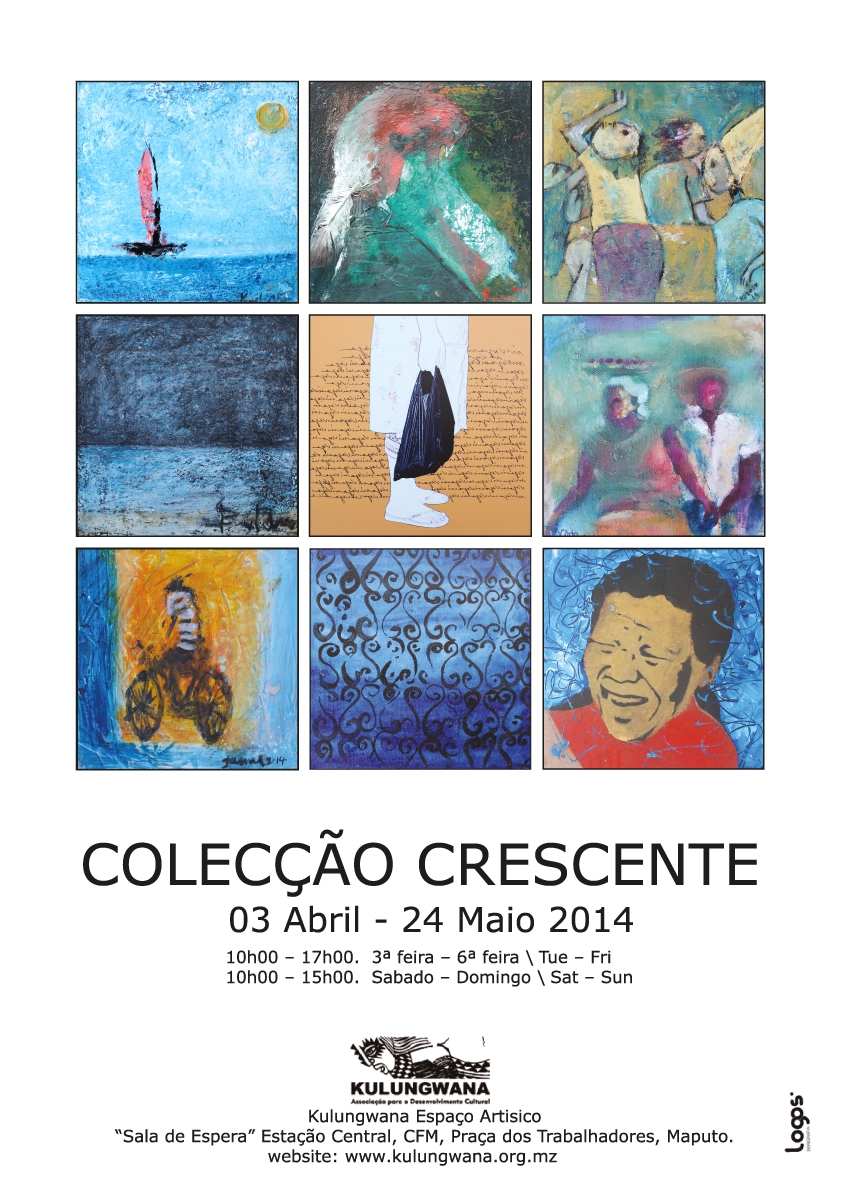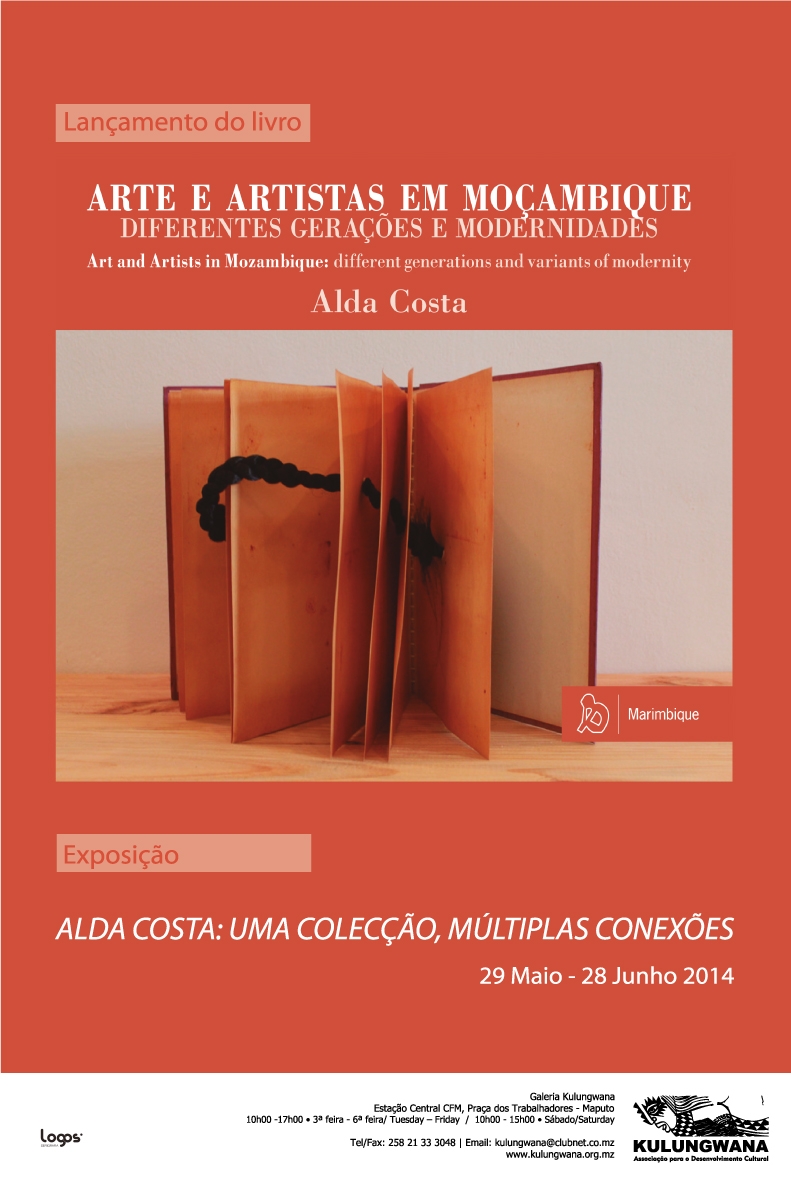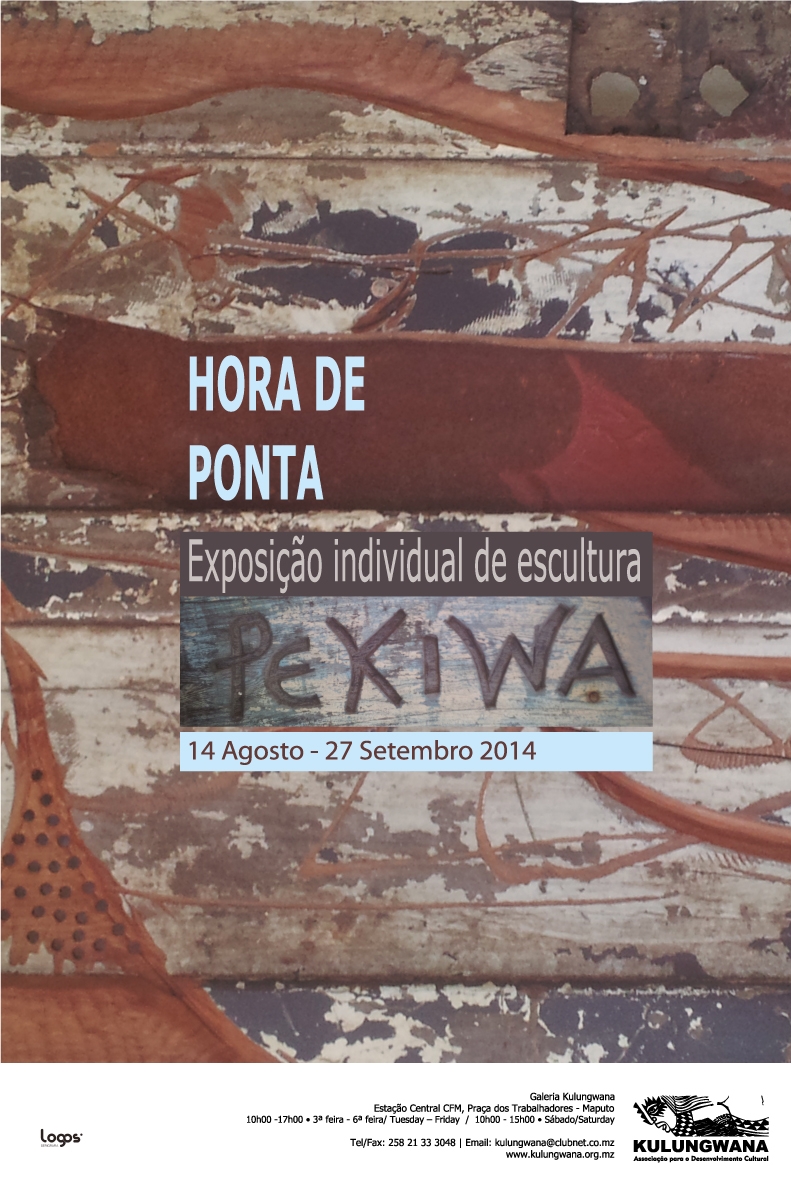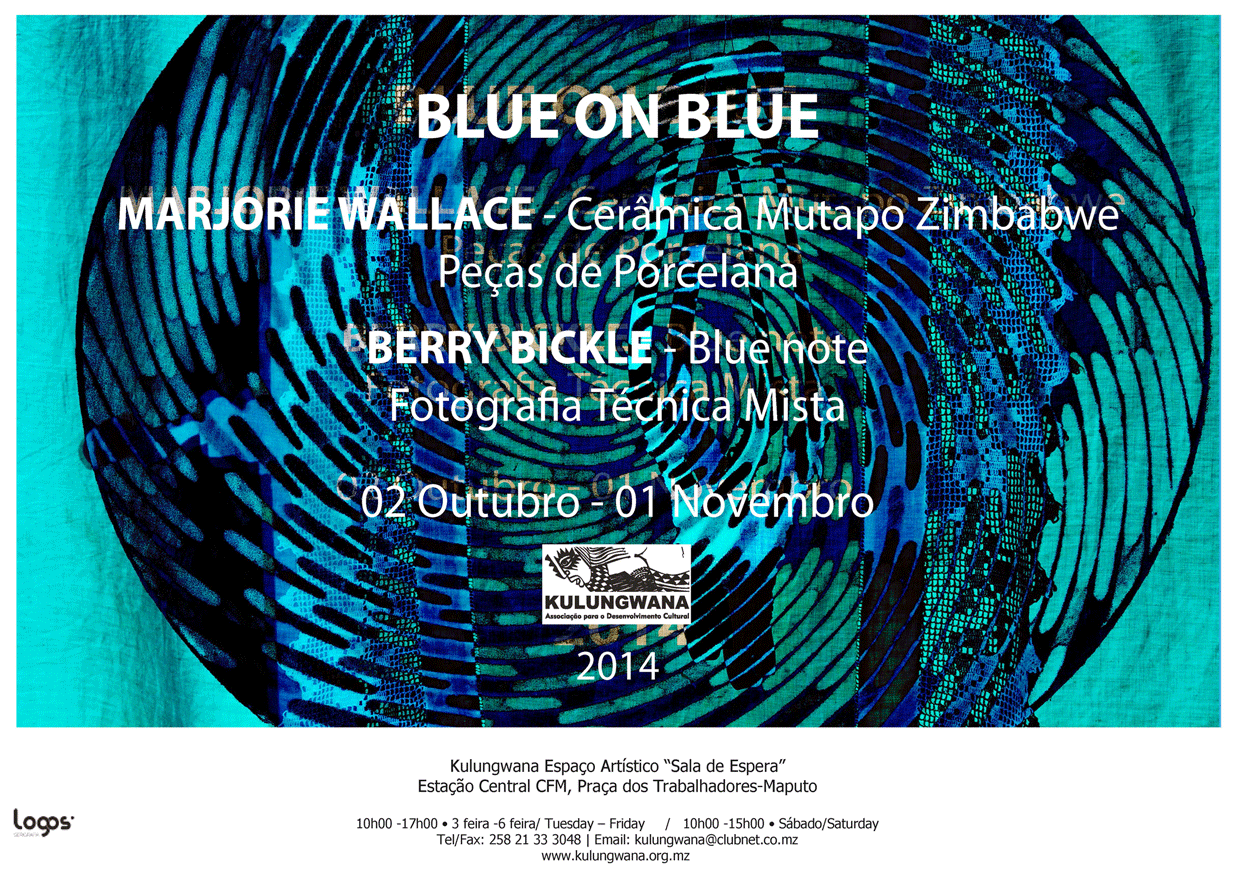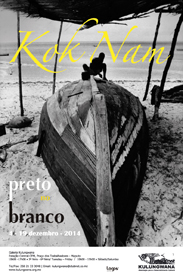2014
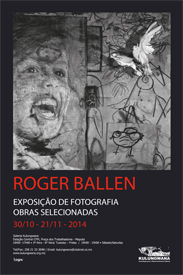
“I have been shooting black and white film for nearly fifty years now. I believe I am part of the last generation that will grow up with this media. Black and White is a very minimalist art form and unlike color photographs does not pretend to mimic the world in a manner similar to the way the human eye might perceive. Black and White is essentially an abstract way to interpret and transform what one might refer to as reality. My purpose in taking photographs over the past forty years has ultimately been about defining myself. It has been fundamentally a psychological and existential journey.
If an artist is one who spends his life trying to define his being, I guess I would have to call myself an artist”. ROGER BALLEN
Psychology Geology and Photography. The three forces that influenced Roger Ballen from a teenager when his mother worked as an editor at Magnum Photo Agency to studying psychology at the University of California, and later a PhD geology at the Colorado School of Mines, specialising in Mineral Economics.
Born in New York, Ballen was originally drawn to South Africa to work as a geologist, but photography became is passion and South Africa his fasiniaction and subject for the next 30 years of his career. He has been based in Johannesburg since the 1980s.
In the late 1980s and early 1990s Ballen looked at South Africa with a primarily politically and socially oriented photojournalistic approach .He traveled to remote rural towns and photographed impoverished white communities This approach at the height of Apartheid South Africa’s white domination showed marginal, vulnerable and isolated white communities. reminiscent of the images of Dorothea Lange in the Dust Bowl of the American South suffering the effects of the Great Depression. Platteland: Images From Rural South Africa published in 1994 and Outland published in 2001 are of his preliminary work in South Africa,
From the marginal and almost invisible white rural communities of South Africa, Ballen’s investigations on the fringes of society followed the urban margins of Johannesburg where, isolated individuals and animals all mixed in living conditions on the crumbling edge of what was the breakdown of the control of the Apartheid segregation. Ballen penetrated this community who lived in the abandonment of the edge of the mining industry and the powerful images were published in his subsequent books Shadow Chamber (2005) and Boarding House (2009).
On “Asylum”, from which a selection of his contemporary works is exhibited at Kulungwana, Ballen comments:
“When I was working on the Boarding House project I found a space in Johannesburg, a big house that sort of reminded me of the house in the Hitchcock movie Pyscho. I went over to this place and there were people from all walks of life living in it. It was a place near some mine dumps. This man would let people stay there. They had to pay him they went out and did different jobs; sometimes the house was full of people sleeping on the floor. The man was a real lover of animals, especially birds and this man had maybe a couple of hundred birds in the garage - pigeons mainly. He kept them inside too and he allowed them to fly around the house. I was really intrigued cos I had taken pictures of birds before the people would keep the birds as pets. So I've always been obsessed by animals and I've taken pictures of animals for many years. So I continued to do that in this series Asylum but mostly birds. Every picture in the new series has a bird in it whether it's a feather or a drawing of a bird or a flying bird - there are birds in every shot. So it's been a really interesting five years in this place”.
The consistent presence of line, in interior railings, wires, and the hand drawn line on graffiti like walls is the element that threads his creation of a social shadow land from the marginal and the isolated. A shadow land where zoomorphic relations of people and animals, exist as archetypes. Where birds and the macabre mix with the mask, his images intrigues us with the blurred layers between art and the documentary .His dark humour mixes and touches pathos and inspires a sense of something that takes reality through photography to an other realm,
He has had over fifty exhibitions worldwide, and his work is represented in many museums, including the Victoria and Albert Museum in London, Centre Pompidou in Paris and the Museum of Modern Art in New York. In 2013 the National Museum of African Art at the Smithsonian Institution presented a major retrospective of his work. His awards include Photographer of the Year, Rencontres d' Arles-2002 Top 10 Exhibition, Vince Aletti, Artforum - 2002 PhotoEspana, Best Photographic Book of the Year, Spain - 2001 Photo-eye, Best Documentary Title, Best Photography Books of 2001 Sani Festival, Best Solo Exhibition, Greece, 2000 Special mention: UNICEF Photo of the Year 2001.
30 October – 21 November 2014
Sponsors: Norwegian Embassy, Hollard
Sources:
http://www.hamiltonsgallery.com/artists/30-Roger-Ballen/biography/
http://uk.phaidon.com/agenda/photography/articles/2012/november/23/ten-questions-for-photographer-roger-ballen/

